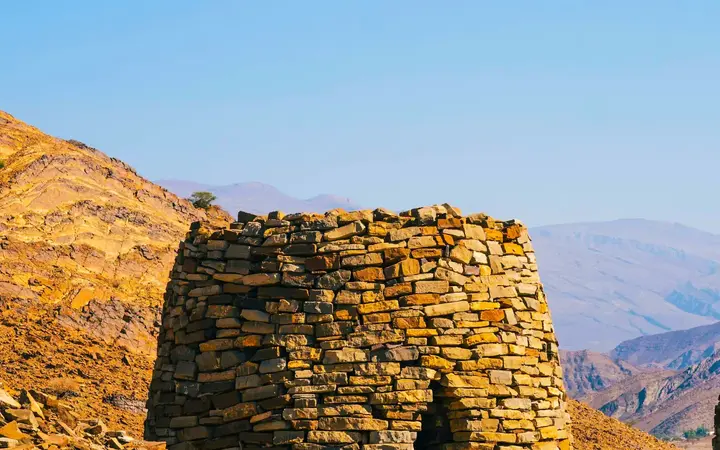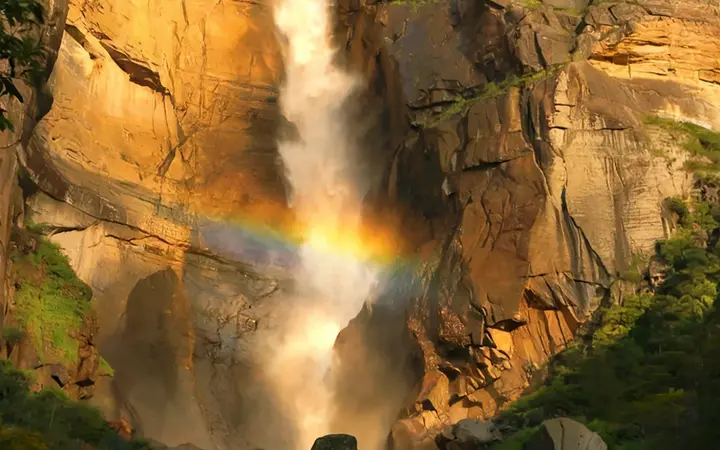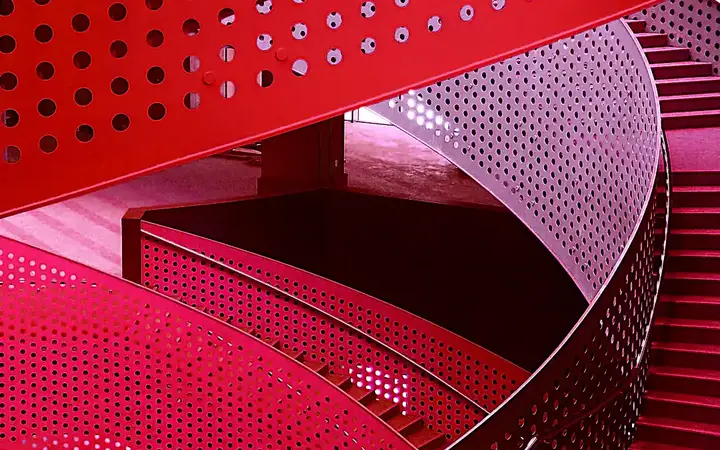الشلال على اسم الطيار الأمريكي جيمس أنجل الذي وثقه من الجو عام 1933، بينما يُعرف بين السكان الأصليين باسم "كيري بيرو"، أي "الشلال الكبير". يأتي آلاف الزوار إلى الموقع كل عام بسبب مناظره الطبيعية الخلابة وتاريخه الجيولوجي الفريد.
الوصول إلى شلالات أنجل يتطلب رحلة متعددة المراحل، تبدأ من العاصمة كاراكاس برحلة جوية إلى بلدة كانايما، ثم الانتقال بطائرة هليكوبتر أو قارب لاستكمال الطريق إلى الشلال. الرحلة الجوية تمنح مشاهد بانورامية واسعة، بينما يتيح القارب تجربة قريبة من الطبيعة عبر الأنهار والغابات.
أفضل وقت لزيارة الشلالات يكون من مايو إلى نوفمبر، حين يصل تدفق المياه إلى أعلى مستوياته. أما من يفضل الهدوء وتسلق المناطق المحيطة، فيُنصح بزيارتها من ديسمبر إلى أبريل.
لا تقتصر المغامرة على الشلالات فقط، بل يُعد منتزه كانايما الوطني تجربة استثنائية بحد ذاته، حيث يُمكن التخييم، والتنزه في الغابات الاستوائية الكثيفة الغنية بالحياة البرية، واستكشاف جبال تيبوي التي تُعد مختبرات طبيعية تحتوي على نباتات وحيوانات نادرة لا توجد في أي مكان آخر.
المنطقة تحمل إرثًا ثقافيًا للشعوب الأصلية الذين يعتبرون بعض الجبال مقدسة، والتعرف على ثقافتهم وتقاليدهم يُعد جزءًا مهمًا من الرحلة.
يُنصح من ينوي خوض هذه المغامرة باختيار شركة سياحية موثوقة، والتجهز بملابس مناسبة وواقي شمس ومزيل للحشرات، مع احترام الطبيعة المحلية وتجنب ترك أي أثر. عند زيارة شلالات أنجل، لا تكتشف مكانًا فقط، بل تعيد اكتشاف ذاتك وسط سكون الطبيعة وروعتها.
صوفيا مارتينيز
· 22/10/2025




